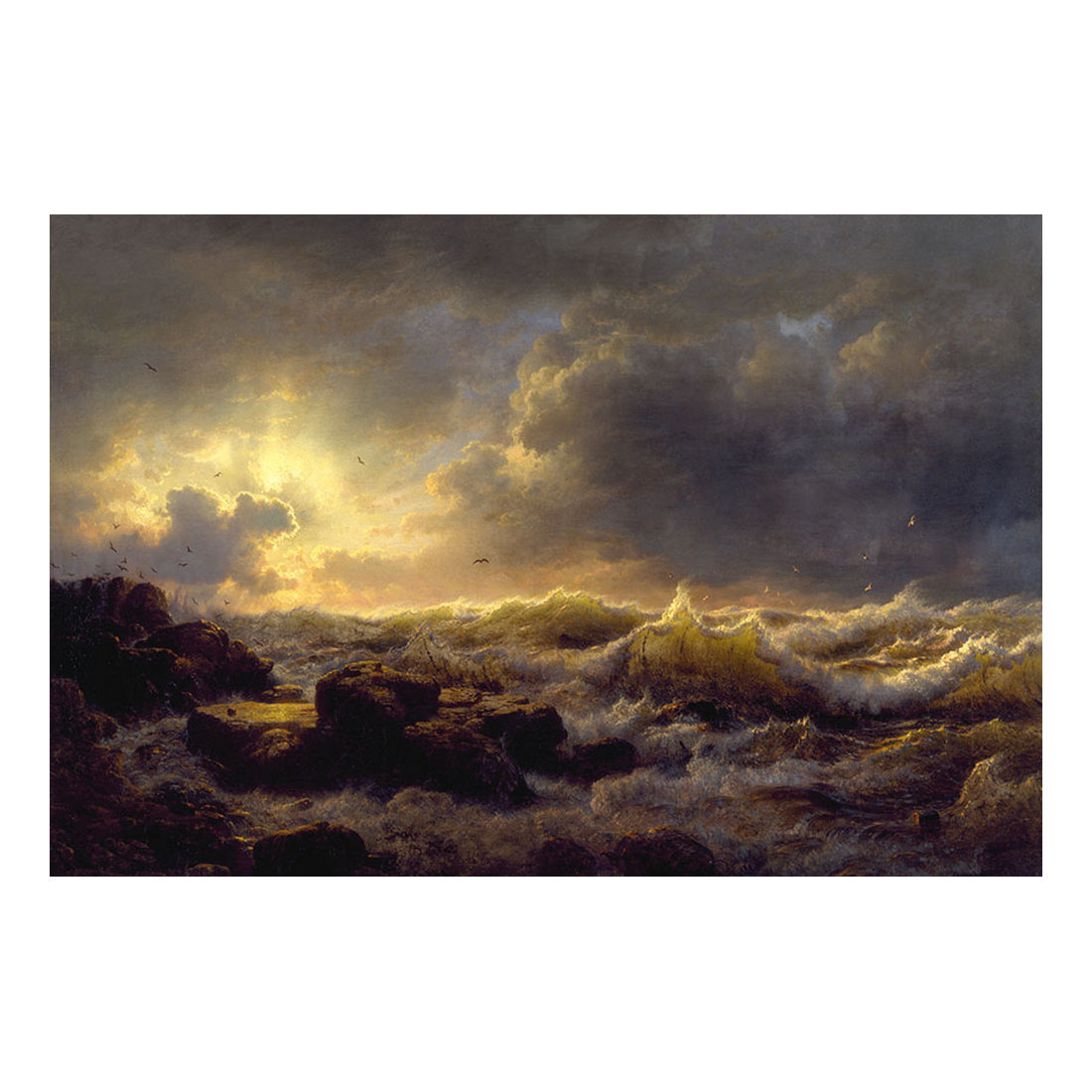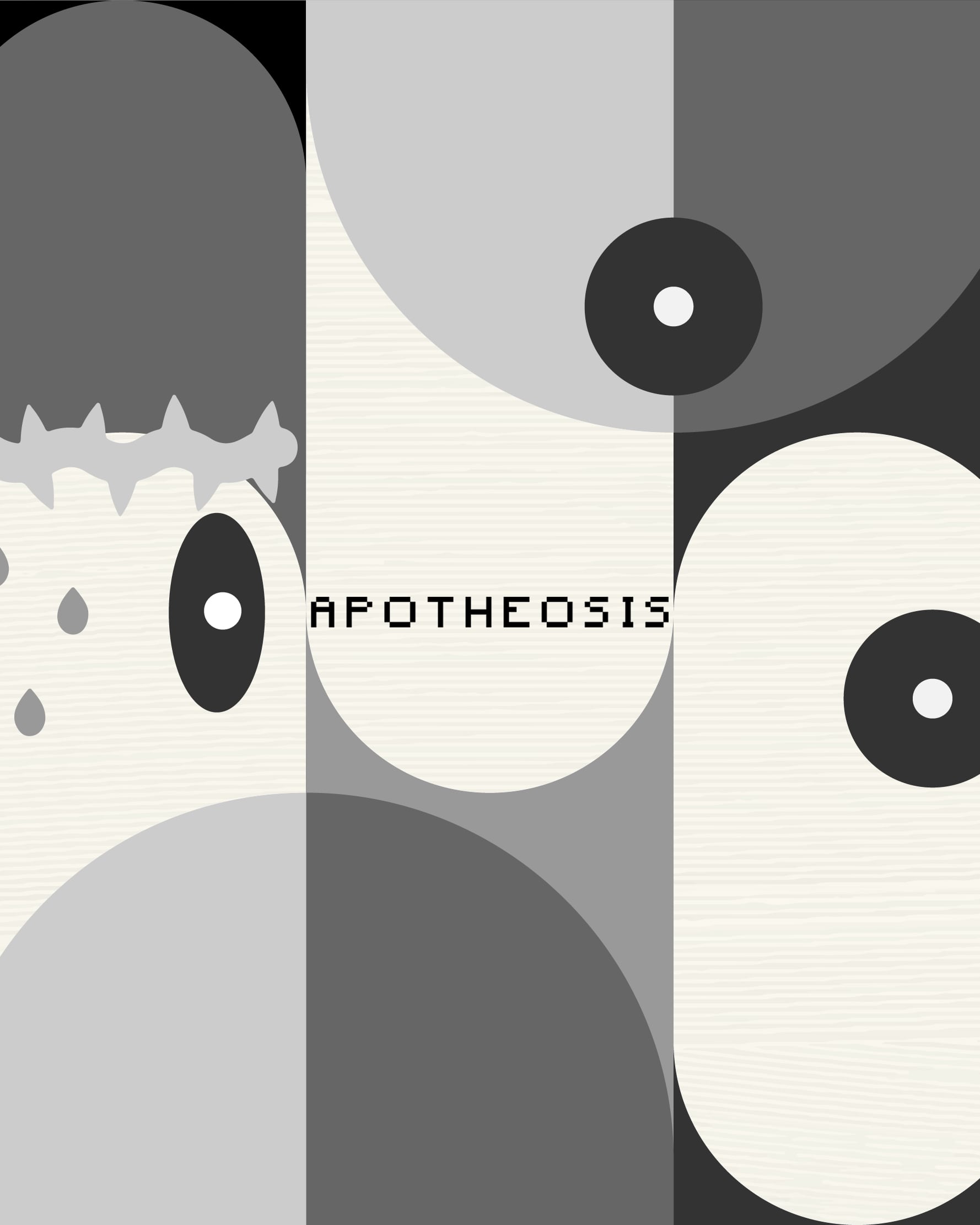What is an Abstract Landscape?
Published June 04, 2021
Artists have always projected progressive artistic ideas, metaphysical beliefs, and inner feelings onto the natural world. Likewise nature has been the basis for critical moments in modern art from Impressionism to movements in abstraction. The first non-objective painting, for instance, a pioneering abstract painting called Composition VII, was derived from Wassily Kandinsky’s experience of color in nature.
The landscape, however, would be elevated to such a status and role by artists of the Romantic period (late 1700s to mid 1800s Europe). Landscape painting became a spiritual art, where nature could be imbued with metaphysical and divine qualities.
Before Impressionism (late 19th century Europe), landscapes were painted from memory or from classical examples and in studios. The Impressionist painters painted outdoors to capture the ephemeral qualities of light and investigate the perceptions of the eye. This and their emphasis on evident brush strokes and unmixed colors pointed towards a more abstract view of art and nature.
Abstraction in landscape art would achieve greater strides with the Post-Impressionist artists, Paul Cezanne and Georges Seurat. It was Cezanne who simplified nature closer to the abstract with his use of geometric shapes, while Seurat did it with dot theory. Further on, artists like Van Gogh and Gauguin and the Fauvists celebrated subjective color choices. Meanwhile, the German Expressionists painted the spiritual aspects of nature. This was followed by Cubism which further transformed the landscape by pushing the geometry of Cezanne to dizzying possibilities.
Throughout modern art and into contemporary art, abstraction and genre paintings like landscapes would collide with one another to produce so many individual experiments and interpretations. As such, a painter in the 1950s (the height of Abstract Expressionism) like Roberto Matta could call his landscapes, “inscapes” or paintings that explored psychoanalytical landscapes. Or American artist Helen Frankenthaler could say, “My pictures are full of climates, abstract climates. They're not nature per se, but a feeling"
Cover Photo: Paolo Icasas
Photo 2: Mark Andy Garcia
Photo 3: Andreas Achenbach
Photo 4: JW Turner
Photo 5: Georges Braque
Photo 6: Piet Mondrian
Photo 7: Wassily Kandinsky
Photo 8: Robert Matta
Photo 9: Helen Frankenthaler
Photo 10: Richard Diebenkorn



























